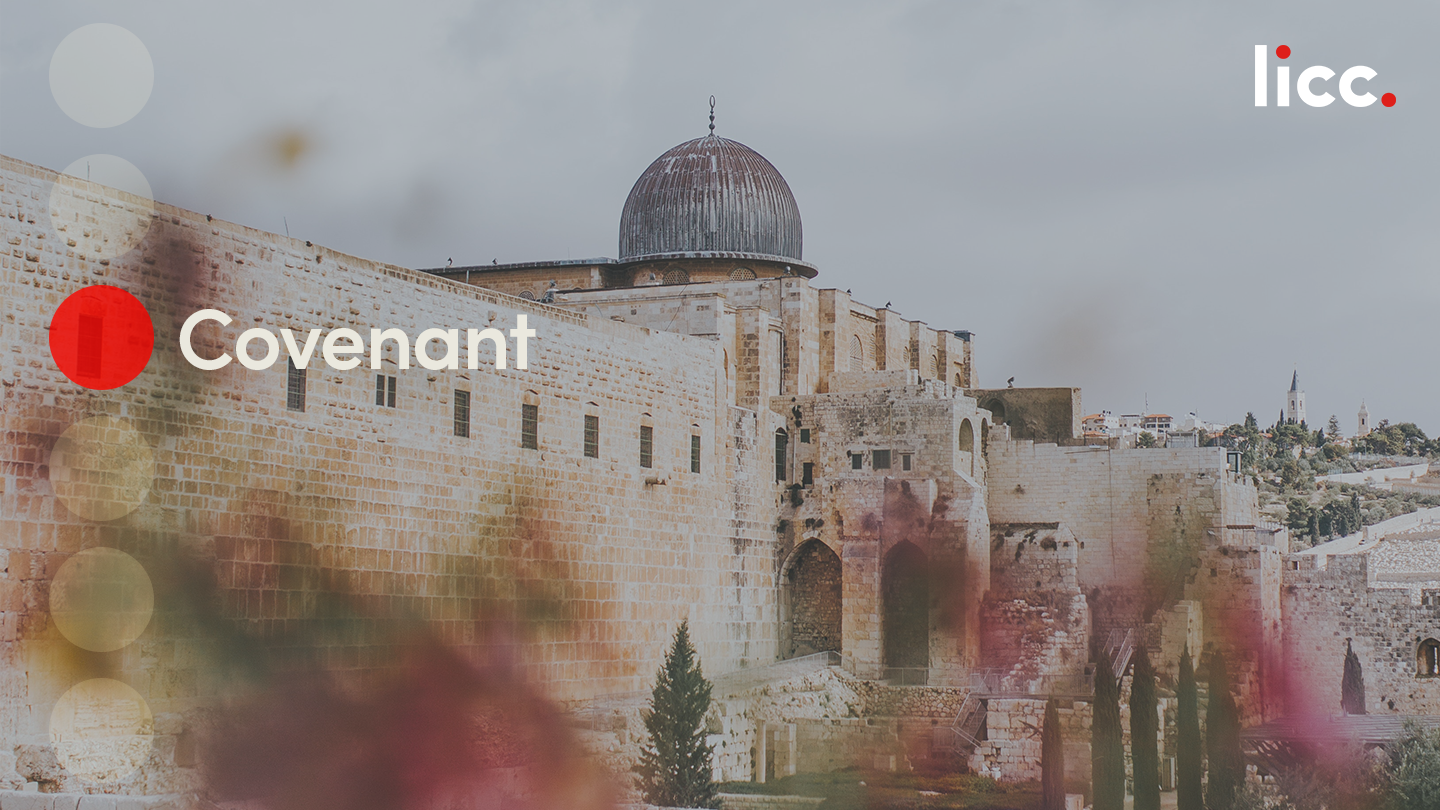Whole Life, Whole Bible: Journey through ScriptureSample


16: The glory of the Lord filled the temple
What a moment! The representatives of the people were gathered before the magnificent new temple. After the wars and rebellions of David’s time, they were now safe in their kingdom, borders secured and enemies their vassals. Solomon, David’s son, robed in splendour, supervised the journey of the ark of the covenant to the temple’s Most Holy Place. This was a national and religious moment of joyful achievement and anticipation as the people of God worshipped the one true God in the house in which he dwelt, with psalms and sacrifices, living out their covenant commitment in their daily lives, the promises to Abraham and David fulfilled.
But this is not the beginning of a final renewed and perfect relationship between God and his people; we know what will happen. Solomon, despite all this glory, will break his covenant promises and lead the people astray. This picture of the temple, the place where God dwells and his people worship him, speaks of a truth more enduring than the physical bricks and stones that will be thrown down by Nebuchadnezzar and later, again, by the Romans.
This temple spoke of the unity of the people of God, together serving the one true God — no other place, no other gods, no idolatry, no syncretism. Even hundreds of miles away and many years later, when they were in exile, the picture of that central holy place, Jerusalem and the temple, held the love and commitment of God’s faithful servants, dominating Ezekiel’s prophetic visions and encouraging Daniel in his obedience to the Lord. Jesus himself, who foretold the temple’s final destruction, said, ‘Something greater than the temple is here’ (Matthew 12:6), and Paul told the Corinthian church that theywere God’s temple, with God’s Spirit living in them (1 Corinthians 6:19; 2 Corinthians 6:16).
The Bible ends with John’s great vision of the new earth and the new heaven: ‘I saw the Holy City, the new Jerusalem, coming down out of heaven from God… I did not see a temple in the city, the Lord God Almighty and the Lamb are its temple’ (Revelation 21:2, 22). Significant as the temple is on the landscape of the biblical story, the final hope for God’s people is the unmediated presence of God himself.
For further reflection and action
- How would you describe your experience of ‘sacred space’? Are there certain buildings (a church, a cathedral) or places (in the community, out in the countryside) that seem more ‘holy’ to you? If so, why might this be the case?
- How far are our times together, singing and rejoicing and learning in church, an escape from outside realities, and how far are they a building up of our faith to serve the Lord more effectively from Monday to Saturday?
- Think about how the ‘temple’ theme runs through the whole of scripture, from the garden of Eden to the city of the new Jerusalem. What stands at the heart of this theme?
Scripture
About this Plan

This 50-day reading plan walks you through the story of the whole Bible, and helps you reflect on how it shapes your whole life – at home, at work, in the neighbourhood. The bite-size readings and real-life application questions help illuminate God’s plan to renew all areas of life. Written by Antony Billington, Helen Parry, and Margaret Killingray, from the London Institute for Contemporary Christianity (LICC). Originally published by BRF.
More
We would like to thank LICC - The London Institute for Contemporary Christianity for providing this plan. For more information, please visit: https://www.licc.org.uk/about









